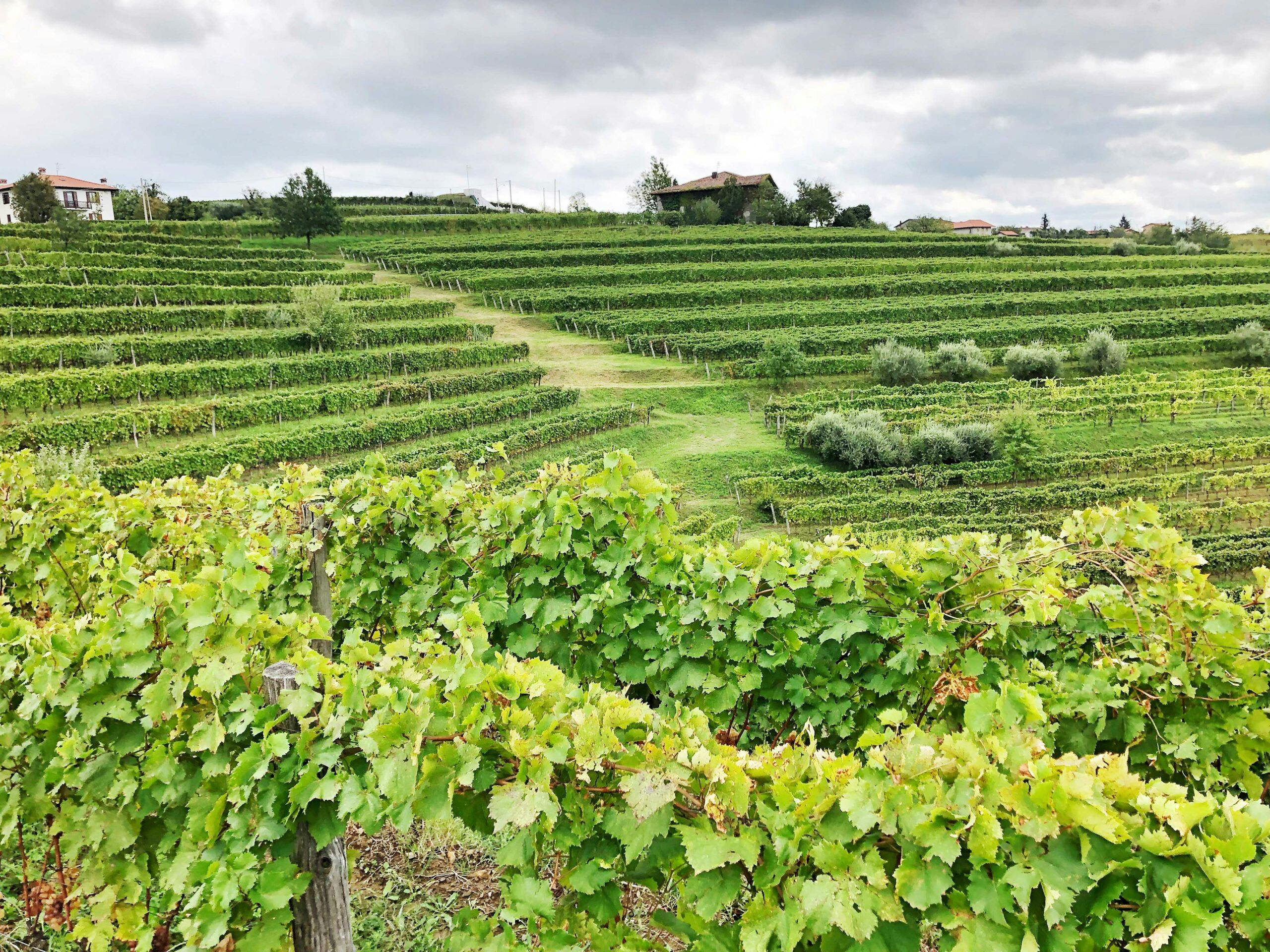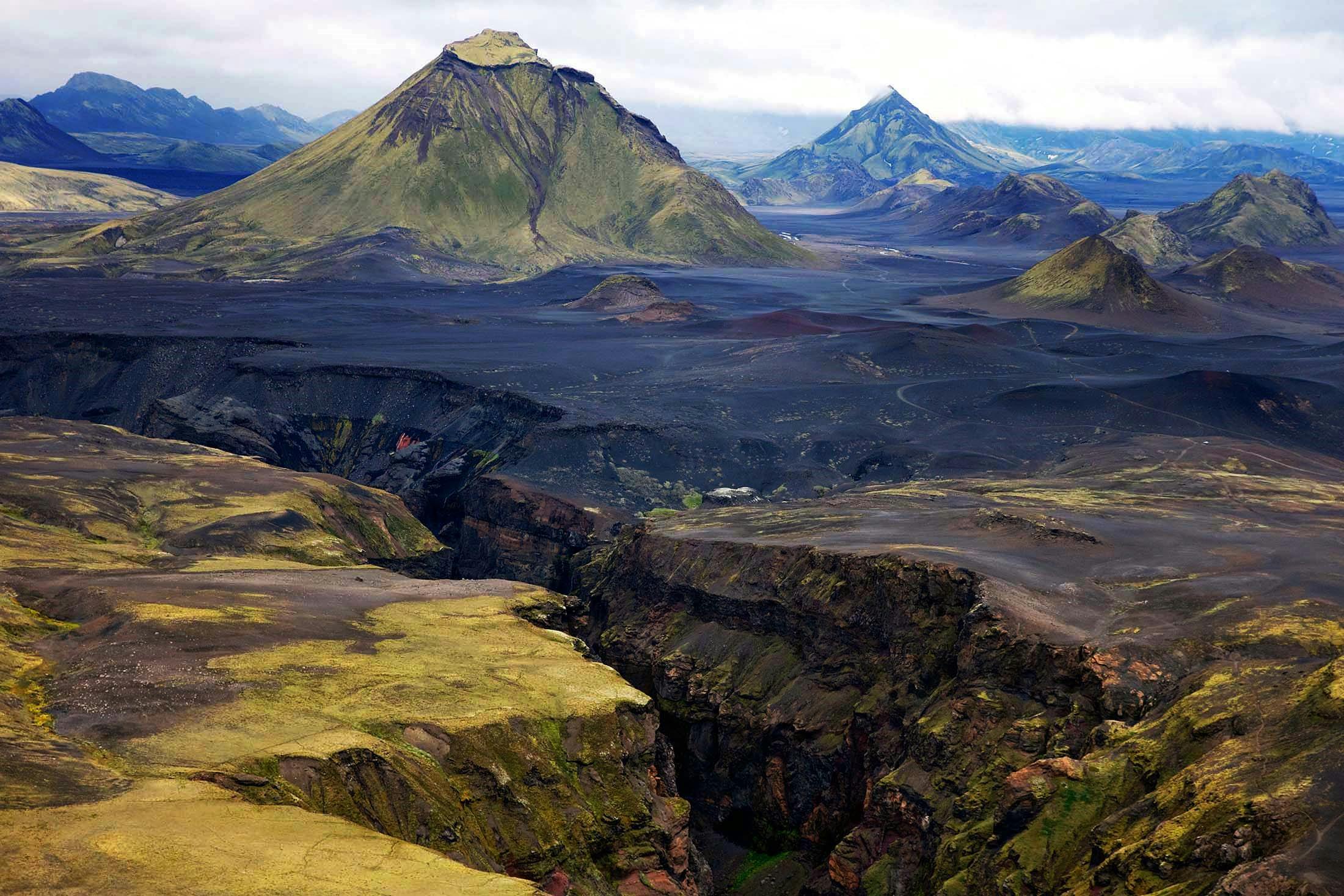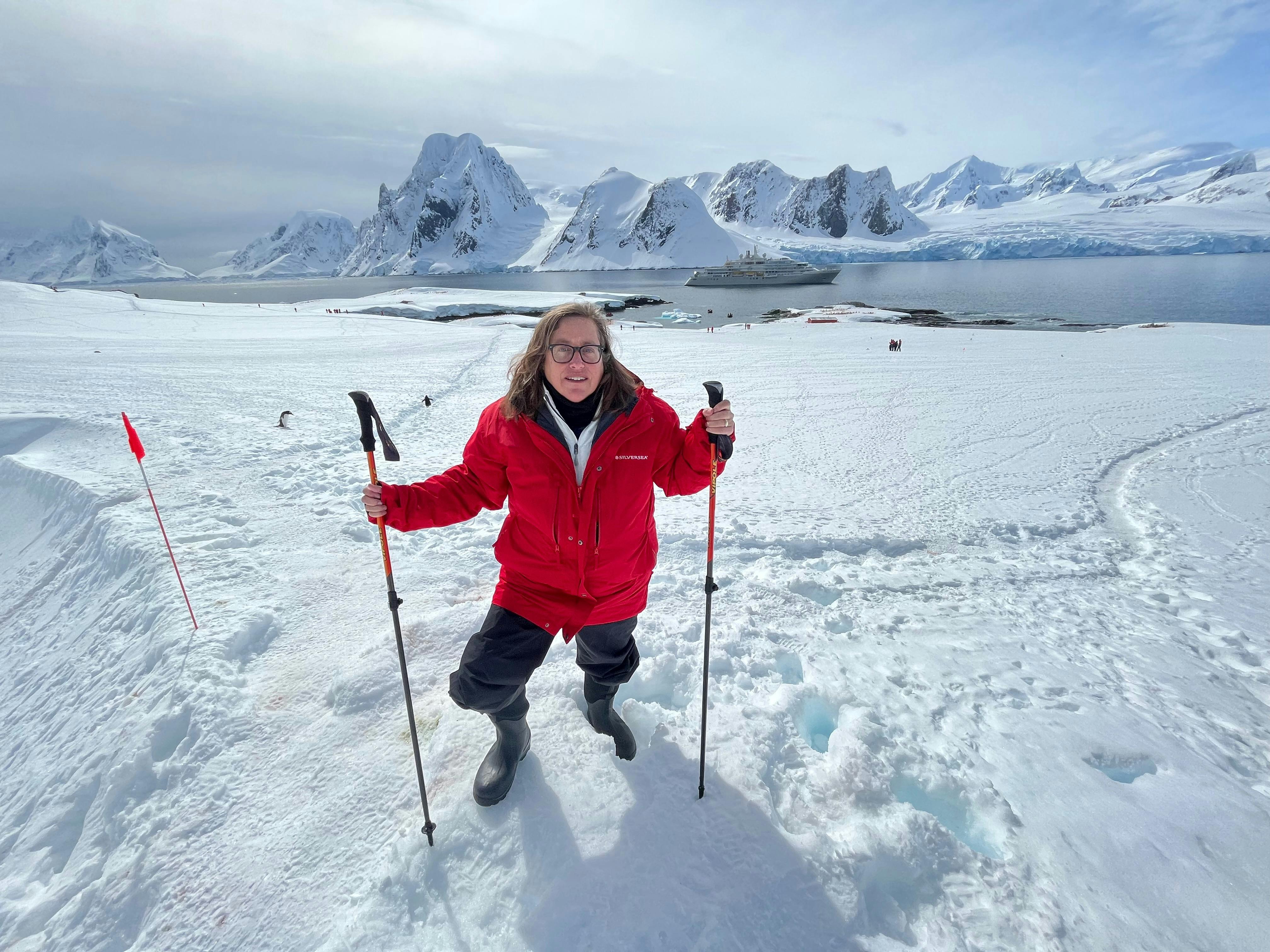Regional Cooking on the Slovenia/Italy Border
Have you listened to S.A.L.T. Lab Radio’s new podcast, the first episode of which features on-the-spot interviews with Ana Roš, Mateja Gravner and Antonia Klugmann? Here, host Adam Sachs offers context on three innovators who are changing perceptions of the culinary arts and regional cooking on the Slovenia/Italy border.
Ana Roš – Slovenia’s star chef
Along with her husband Valter Kramer, chef Ana Roš owns and runs two restaurants in Slovenia’s scenic Soča Valley: Hiša Franko and Hiša Polonka. The former is elegant, avant-garde, and serves a lengthy tasting menu. It’s regarded as the best restaurant in Slovenia. Up the road, Hiša Polonka feels more like a pub, specializing in heartier regional cooking like “frika”, a local potato pancake that’s sharply flavored from an abundance of pork fat and cheese.
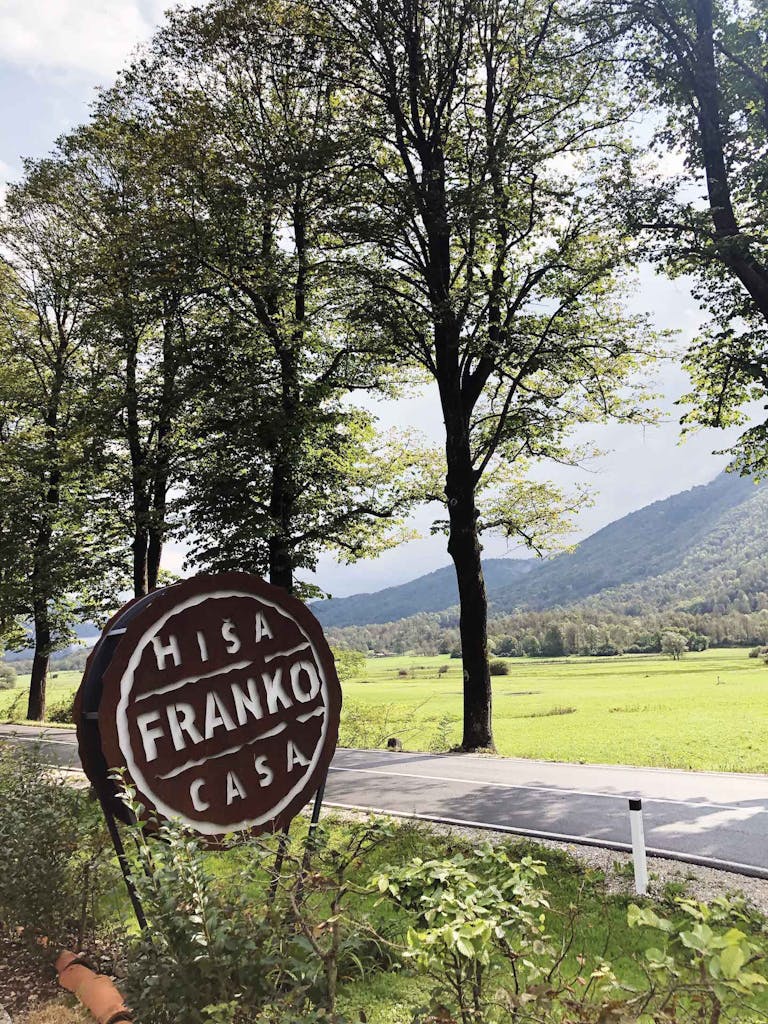
The setting: “We are on the Italian border, just kilometers away from it,” says Roš. “It’s a very beautiful area. It looks super mountainous; an alpine place. But it’s actually very close to the sea. From all our mountains we can see the whole Gulf of Trieste. From Savudrija, Croatia to Venice on the west. I’m often asked if my cooking is Slovenian and I always answer that my cooking is not Slovenian, my cooking is extremely regional. The borders have always been moving, and along the borders people have been moving even more. When we talk about food I must clearly say that the food doesn’t know the borders. There’s no borders for the food.”
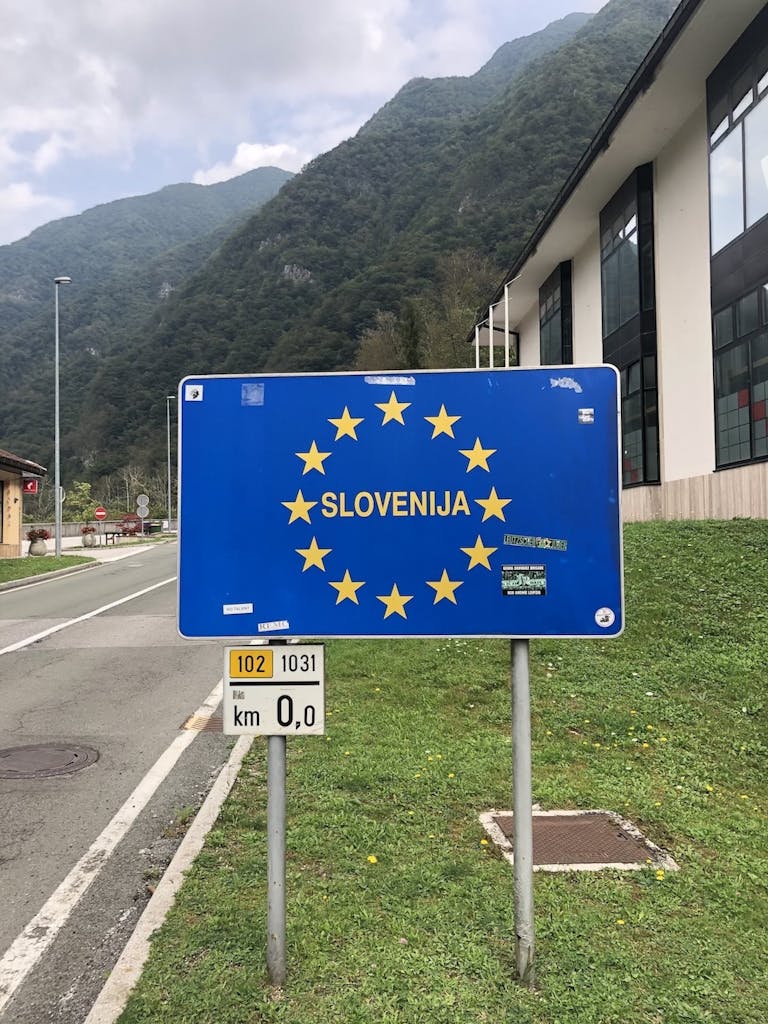
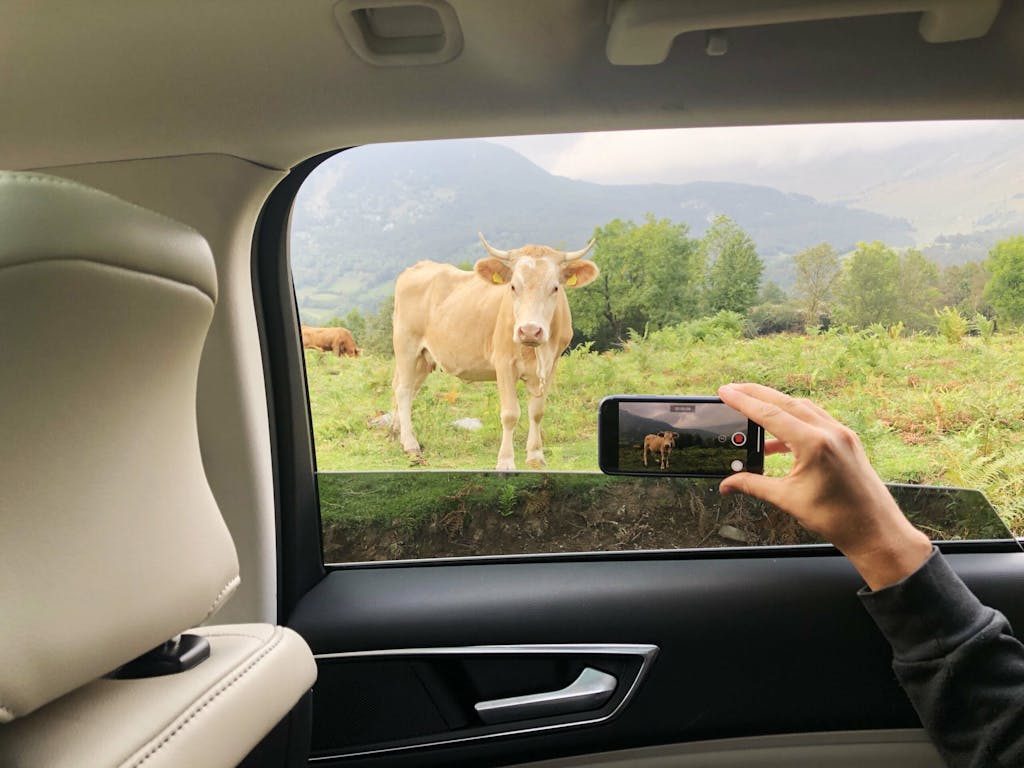
On the sources of food: “There’s of course the sea, with amazing seafood from the lagoon to Croatian Istria, to the Gulf of Trieste, to the rivers with our sweetwater fish. We see the meadows where the cattle is giving the best possible dairy product. Where the goat kids and lambs are. We can see, of course, the immense forest and meadows. Slovenians are connected to foraging, so today what is a trend is actually our tradition.”
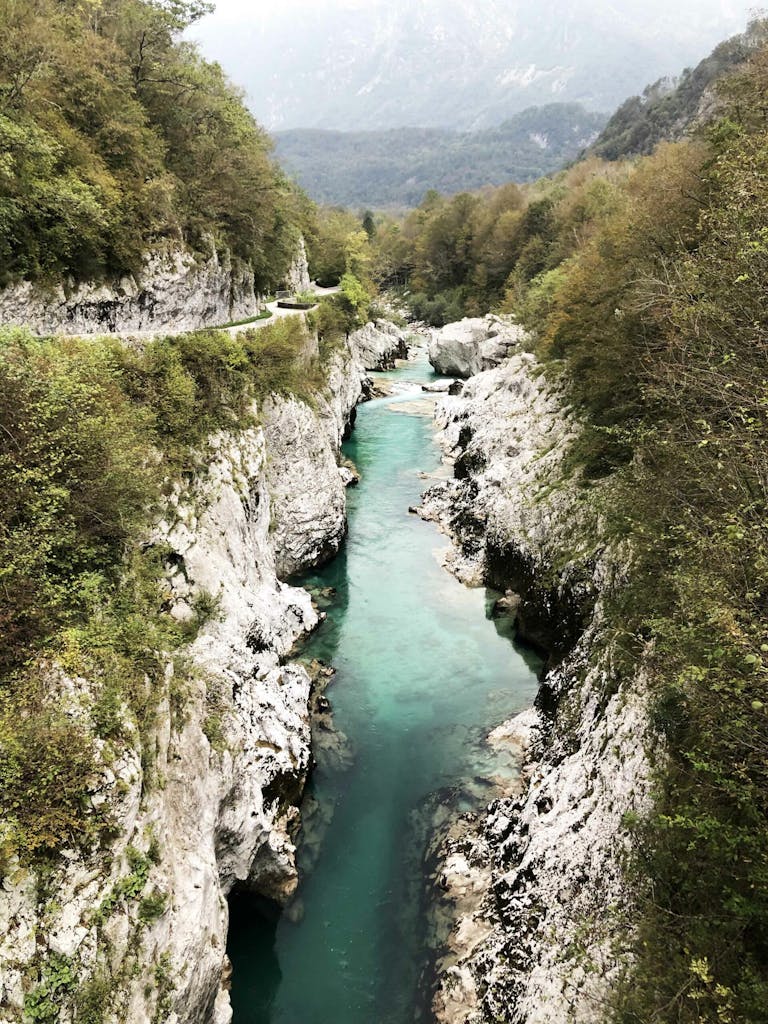
On her cuisine: “What is going on in my kitchen is respecting tradition, the landscape and the season. Taking the products in their right time, and then, you know, my mind is a little bit twisted, so then I twist things. My food is all about storytelling. Respecting the tradition, and the same time telling a story of our places.”
Mateja Gravner – Sparking the natural wine movement
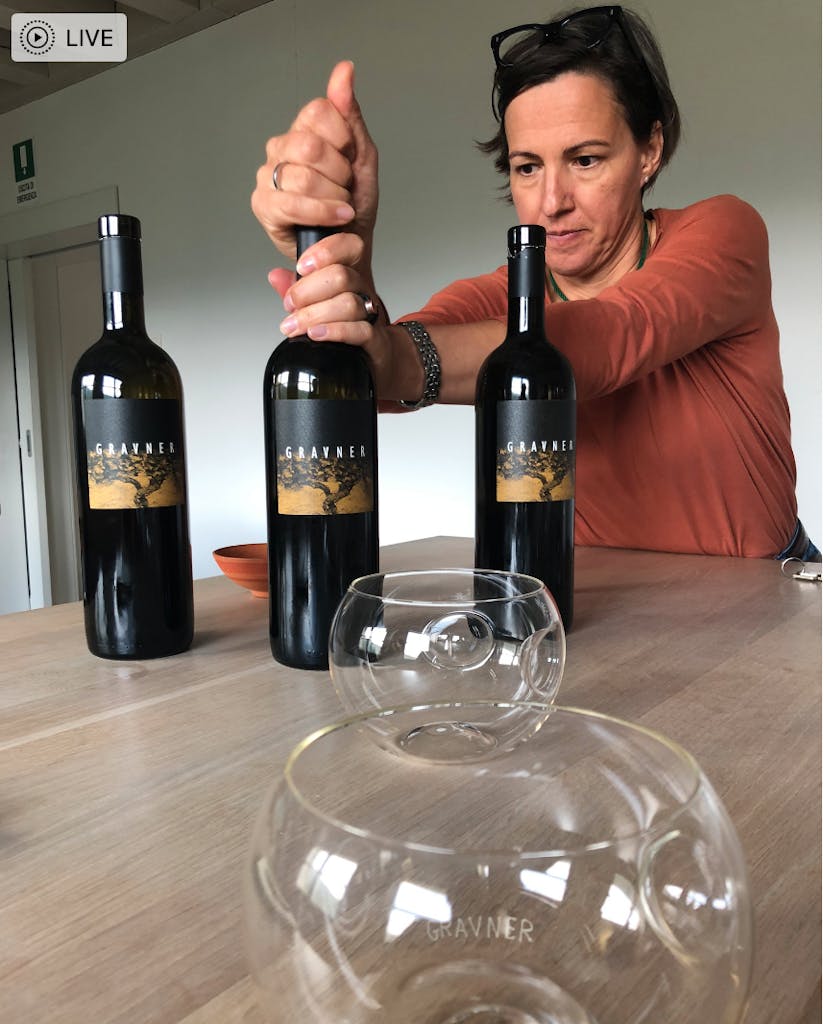
Mateja Gravner preparing a tasting of the nectar-like recent vintages./Howie Kahn.
On the Italian side of the border about 35 miles from Hiša Franko, the legendary Josko Gravner has helped spark the natural wine movement at the Gravner Vineyard. Mateja Gravner, Josko’s oldest daughter, is a big part of the family business. Her role spans from storytelling to sales to welcoming guests like us. It’s the end of harvest and Gravner shows us around her family’s operation. In the vineyard she points to the towering cypress trees that help protect the vines from the famous “bora“ winds. The bora is the natural phenomena that whips the salt air from the sea up into the mountains.
“There are not good or bad vintages. Vintages haven’t been made for us humans. We have to be able to deal with them, even the most difficult. It’s like having children. There is no reason good enough to drink bad wines. There is no reason to produce just average quality wines. For this reason, if the grapes are not good enough, if the wine is not good enough, we don’t make it. Once you start thinking in this way, you get really concentrated about quality and everything else becomes really not so important.”

A millenary tradition: Amphorae are giant clay pots imported from the nation of Georgia. They’re buried in the ground to control temperature in a subterranean room that’s cool and damp with a floor made of pebbles. Walking around, you have to sort of dodge all these open black holes, the mouths of the amphorae where the wine is fermenting. We watched workers stirring the grape skins with these big wooden oars pushing them deeper and deeper into the vessels. They do this six times a day to promote skin contact. It’s a slow process. Fermenting can take months or even a year. These are fragile vessels. Their walls are thin. Only between three and five centimeters thick. The wine inside each amphorae is practically touching the earth surrounding it.
“This is the oldest way to produce wine,” Gravner explains. “Some people say it’s more than 5,000 years old. In 2000 my father decided go to visit Georgia. He went there because he wanted to see if there were still people able to make amphorae. At that time there was no market for amphorae. He found some elderly farmers, they were still able to make amphorae. This is a very artisanal way to produce amphorae. It takes between two and a half, three months, to build each one. It took us five years to collect the 46 amphorae we use in the winery right now.”
Antonia Klugmann: Celebrating Trieste’s crossroads
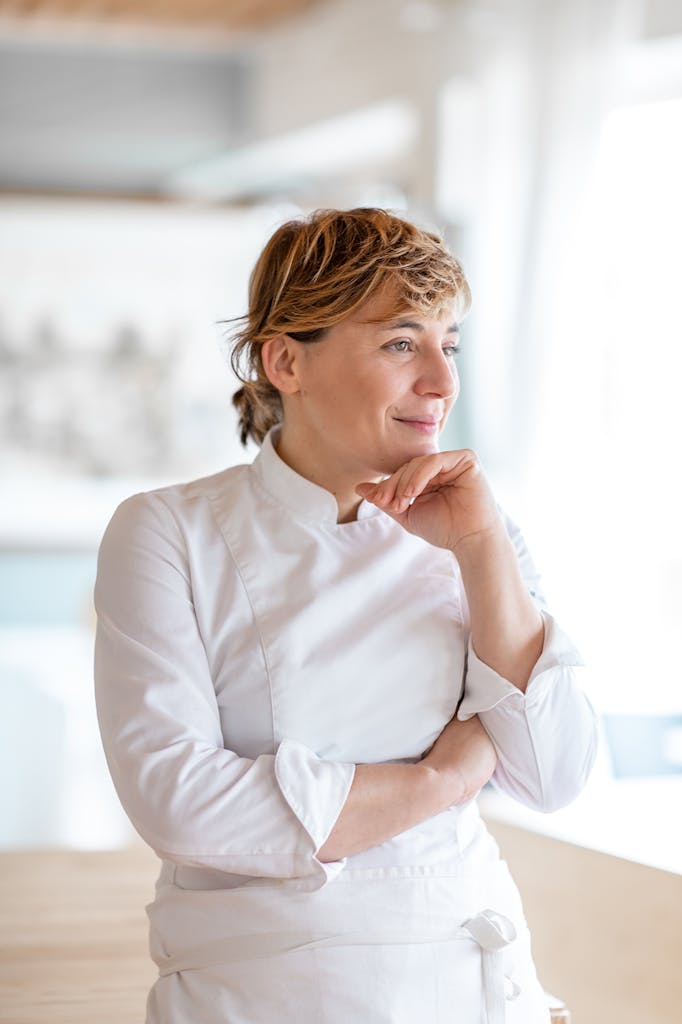
A 30-minute drive west of Gravner Vineyard, we were welcomed in Collio by chef Antonia Klugmann at her Michelin-starred restaurant L’Argine a Vencò. It’s a modern minimalist building the color of sage. Klugmann set out an unforgettable lunch: bread fresh from the oven, five kinds of cheese from local producers, homemade sweet and savory jams, and lardo, pancetta, and prosciutto from just up the road. Dinner will be far less rustic; Antonia plays with the idea of pairing sweet and savory together like her gnocchi with red plums, turnips and rose petals.
To understand her cooking you need to understand where she comes from: Trieste. A city that was the main port of the Austro-Hungarian Empire. A city that after World War II became the edge of the Western world jolted by the presence of the iron curtain. A city that was occupied by American and British forces. A city to which the world was drawn and where outside influence remains vast.

On the land: “I’ve chosen this piece of land in the Fruili region because it’s quite similar culturally to my city; it really connects me to all my memories. I wanted a place in the countryside, and I wanted it to be beautiful. Because I think beauty is such a great origin for creativity. Trieste was for 600 years under the Austrian Empire. We are lucky in many ways because of this layering, this mix of different cultures. Because it’s not something that is a modern fusion, you know? It’s a layering process, 600 years of layerings. Our kitchen is full of young people who come from different regions. It contaminates you in the good way. I’m like a sponge in my kitchen. Because kitchens are a place for freedom. There are no borders in the kitchen, this is my mantra.”

A source of inspiration: Written in the 1920s by Maria Stelvio, “Cucina Triestina” has had a profound influence on Klugmann’s cuisine. “In this book you can find recipes from Mediterranean countries, because Trieste was a port and a lot of crusade’s boats arrived there. They built the boats in Trieste. And so, so many cooks, professional cooks, arrived there from all the Europe. And she collected all these amazing recipes with a really … in a modern way, really modern way. Because of the quality of her work, this book became the base for the city culture, because of all those incredible influences. Even a family like mine could find recipes that were good for every member.… In her book you can find recipes from Puglia, from Eastern Europe, from the Serbian and Croatian Balkan countries, all in one book. Every family has at least one book from Maria Stelvio, because the point is that every generation gave a book to the next one. So, I have the one from my mother from the ’70s, but I have also the first edition because I’m a chef, of course, and I bought it.”

Cookbook by Maria Stelvio, a source of inspiration for Klugmann./Adam Sachs
I really loved spending time in this fascinating border region eating and talking with Ana Roš, Mateja Gravner and Antonia Klugmann. Roš’s food read like a Slovenian folktale filled with surprising twists and real wisdom, and her book, Sun and Rain, published by Phaidon Press, captures that essence. Gravner’s thoughts on wine sounded like a lesson on how to live your life. And Klugman’s personal and joyous cooking sheds light on a complex region. If you can’t make it to L’Argine a Vencò, you can follow her adventures and watch her dishes come together on Instagram @AntoniaKlugmann.
Eager to savor the regional cooking of the Adriatic? Explore the Silversea Mediterranean itineraries that can take you there.



